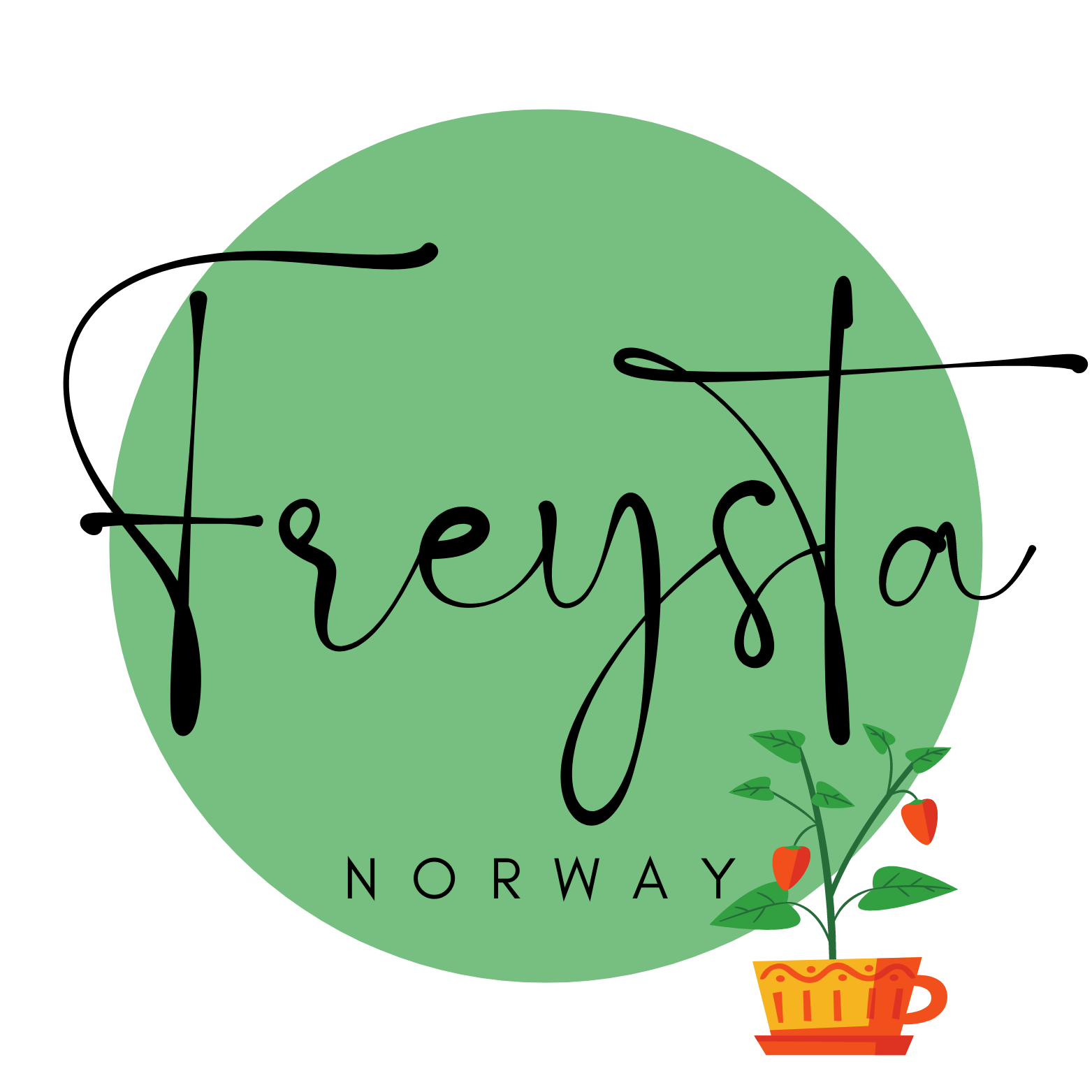Norwegian Rowanberries – Ready for Something Else?
- Marion Solheim
- Sep 17, 2024
- 2 min read
Updated: Jan 3

They’re not sweet, they’re way up there, they are all over the place every fall. But can the sour rowanberries be turned into delicious treats?
A True Fall Symbol
You know the fall is here when the rowan tree (Sorbus aucuparia) starts glowing with bright orange-red berries, the rowanberries. In Norwegian, the tree is called "rogn," and the berries are known as "rognebær." The name "rogn" comes from the Old Norse word reynir, which is related to the color red. And red they are, the rowanberries.
Basically, they are all over the country, adorning the country’s hillsides, forests, and gardens. The rowan trees can handle the cool, crispy fall of Norway without problems.

By the way, rowan trees are associated with protection in old folktales. Rowan was believed to ward off evil spirits and bring good fortune to homes. It’s common to find rowan trees planted near farms or homes for this very reason. The vikings dedicated the rowan tree to the thunder god, Tor. Best to stay on his good side.
Health Benefits of Rowanberries
They aren’t so tasty when you eat them raw. (But most Norwegian kids have tried at least one time.) Rowanberries are packed with nutrients, though! They are super rich in vitamin C, antioxidants, and other essential nutrients.
Back in the days they were used in folk medicine, and used to treat colds, scurvy, and digestive issues due to their high nutrient content and natural astringent properties.

But what About the Edible Part?
Rowanberries have a tart and bitter flavor, as mentioned before. They may need a little care to shine, but they’re truly red treasures—packed with vitamins, free, and available in abundance every fall.
Freezing the berries helps break down some of the bitter compounds, making them more palatable. All it takes is a night of frost, or simply a night in the freezer. After that, you can get creative — especially when combined with apples.

Rowanberries are often made into rowanberry jelly, a delicious accompaniment to game meats, which is likely the most common use for the berries in Norway. But they can also be used in juice, jam, wine, or even to flavor spirits. In fact, rowanberries are a key ingredient in Gammel Dansk, the famous Danish schnapps. New uses include sauces, chutneys, and craft cocktails.
So go ahead, grab a bucket, and have fun with rowanberry foraging. You might just discover that these pretty, sour berries have a lot more potential than you’d expect!


